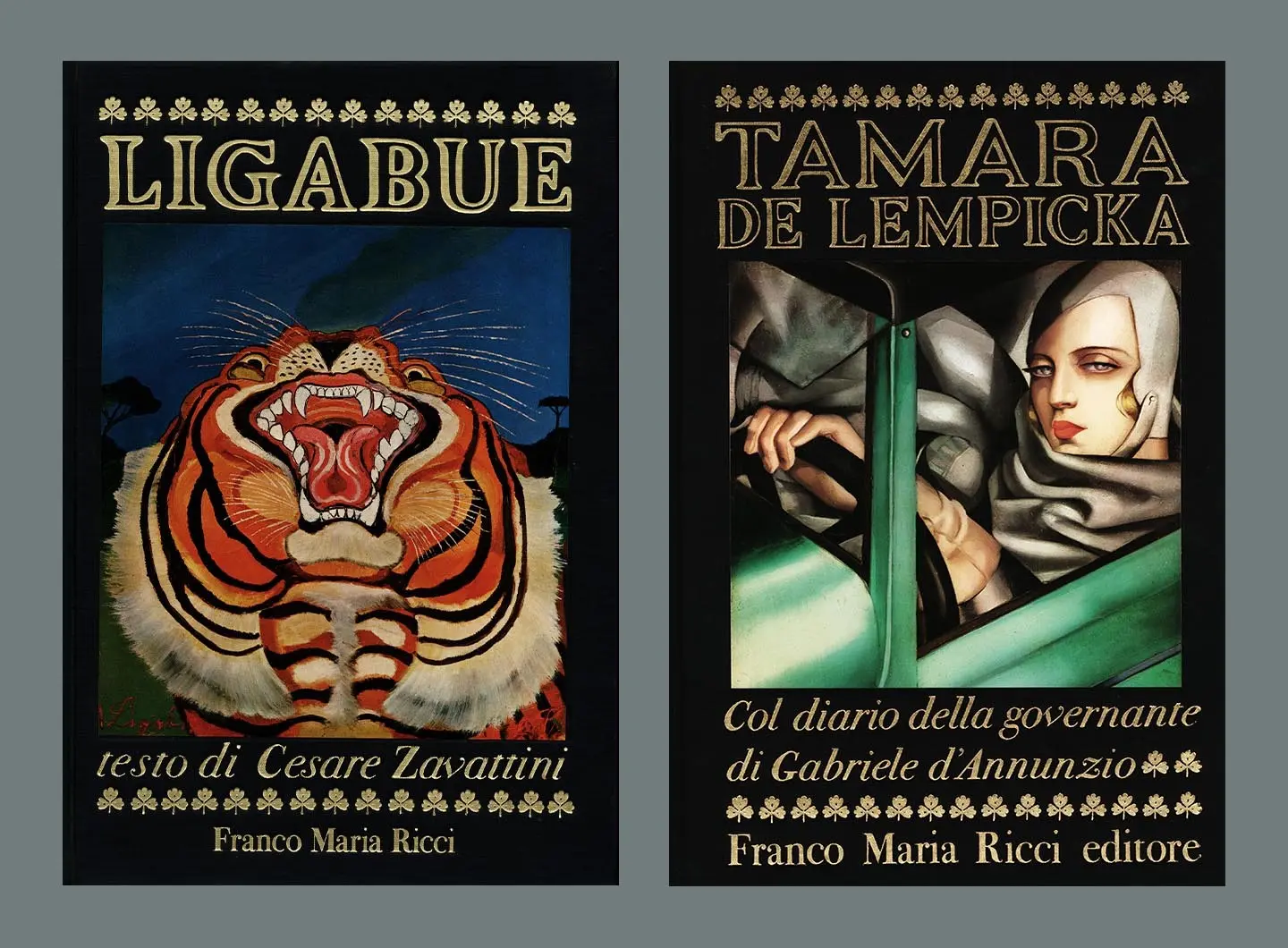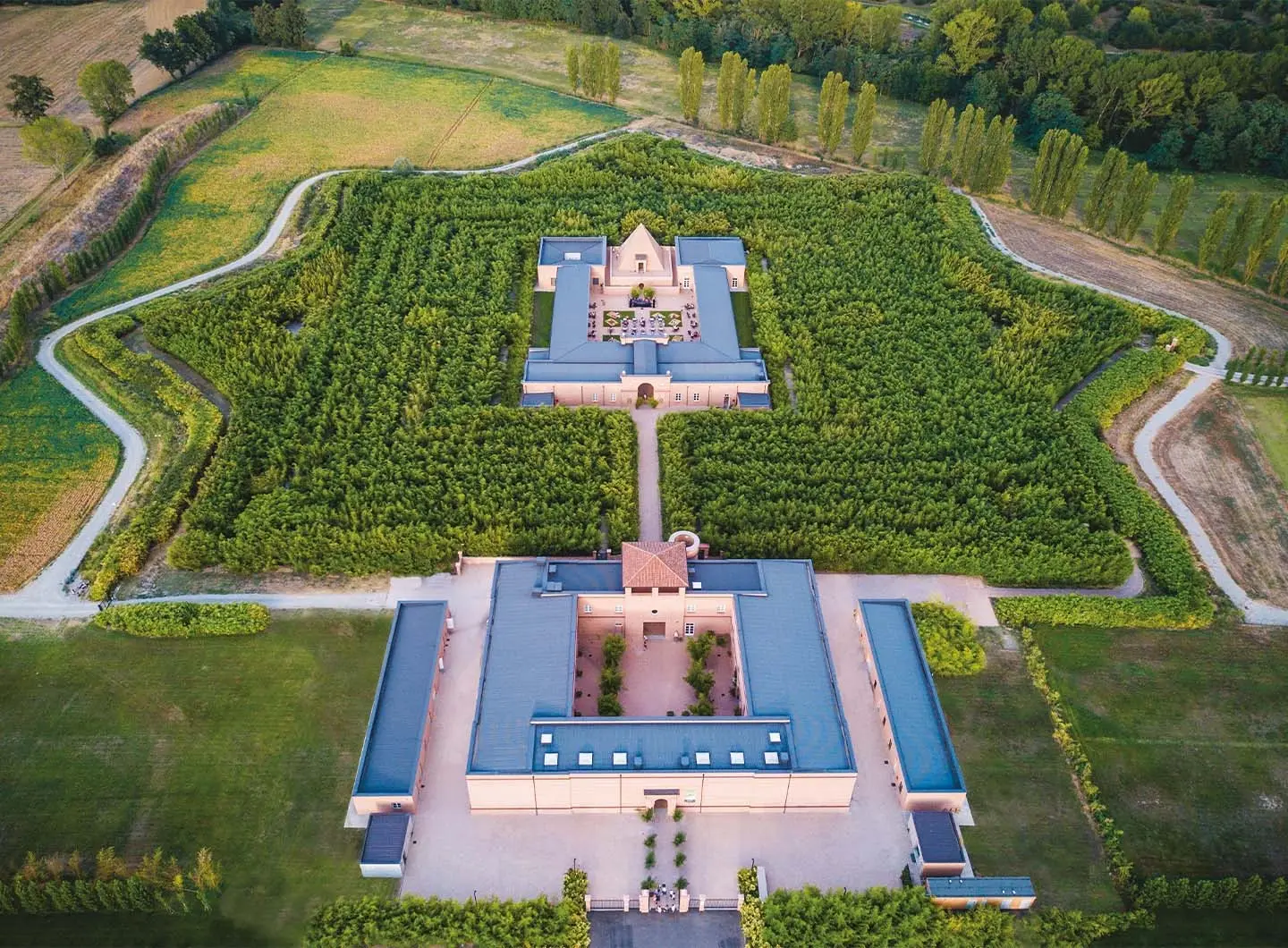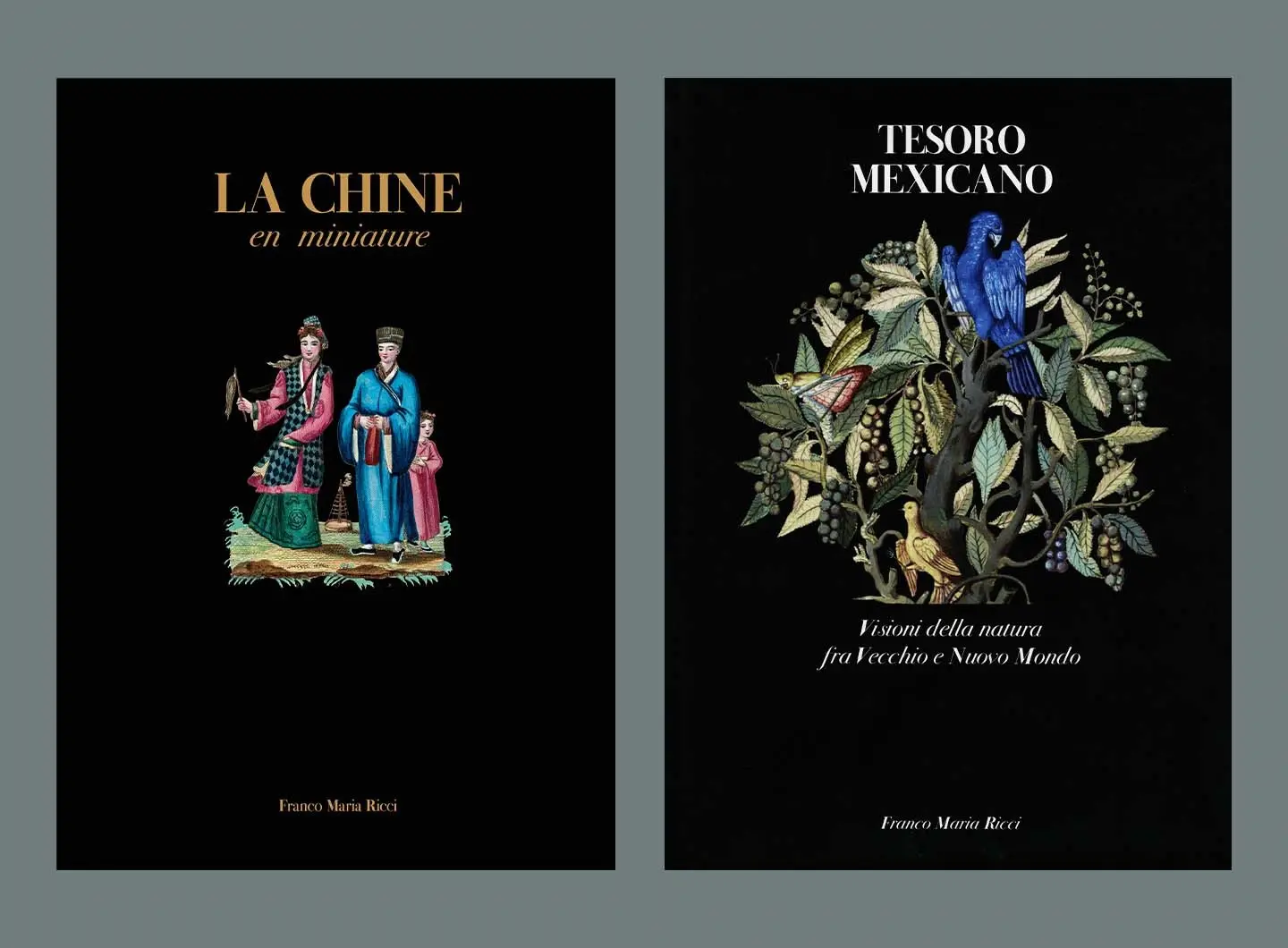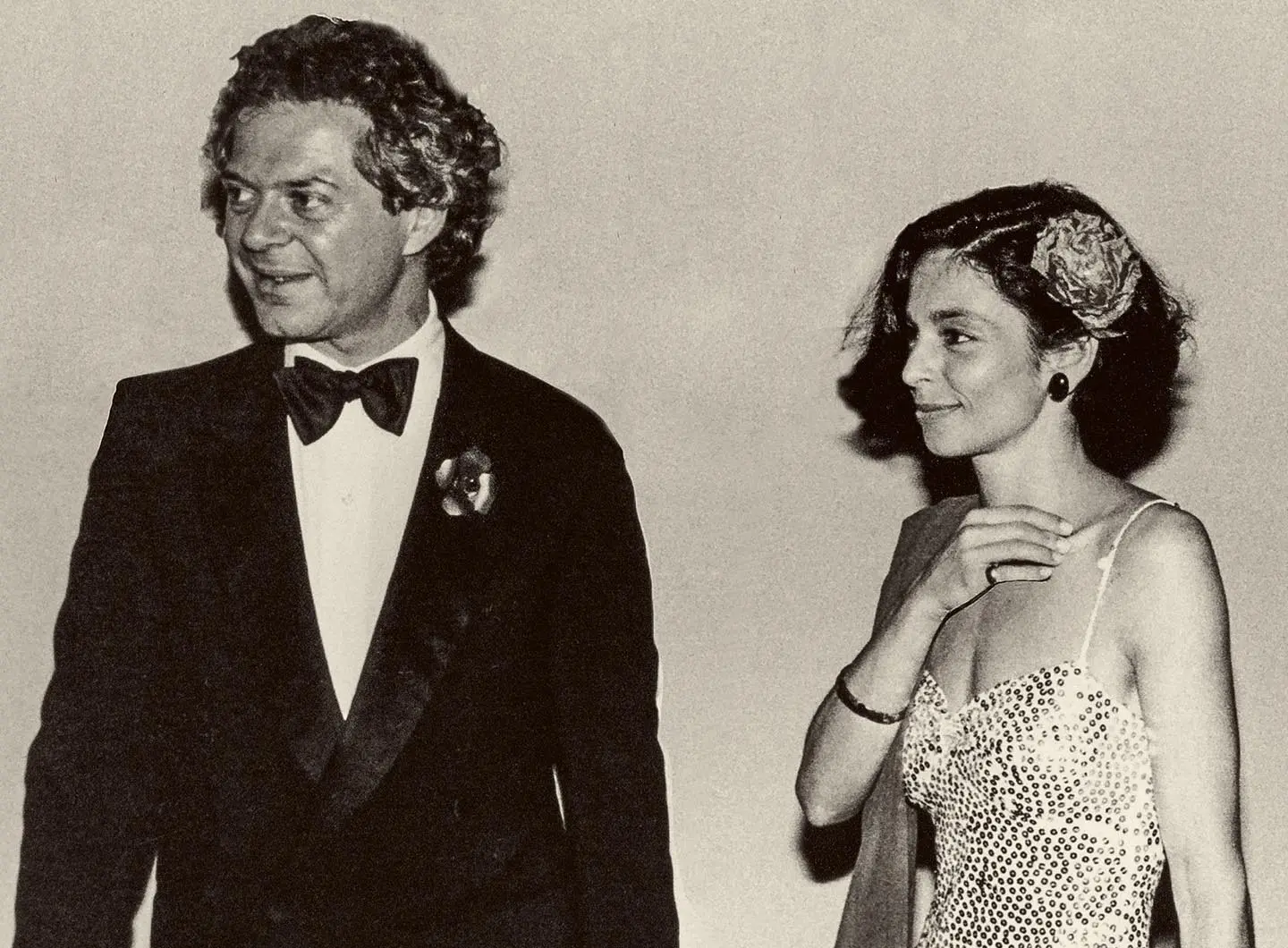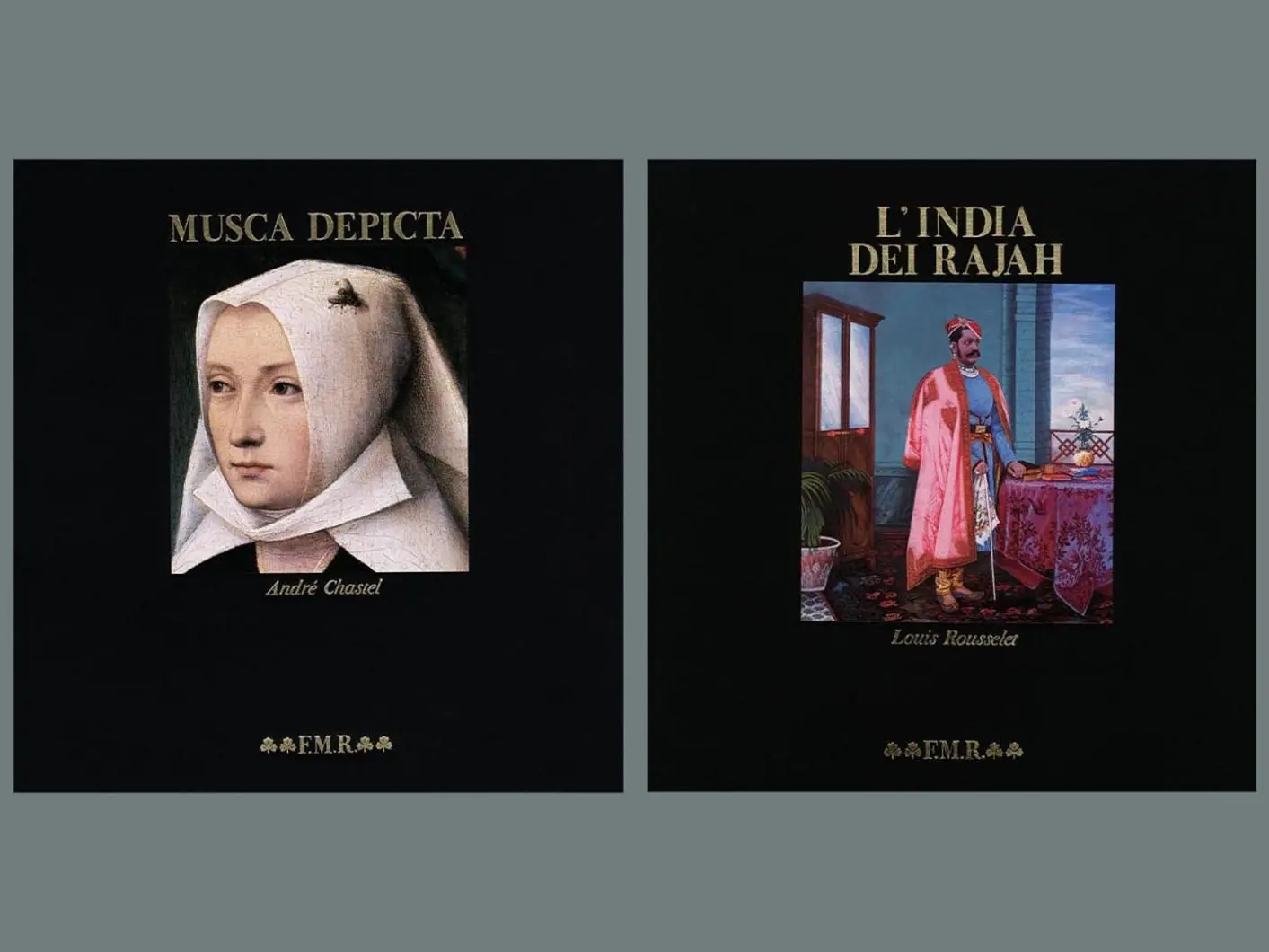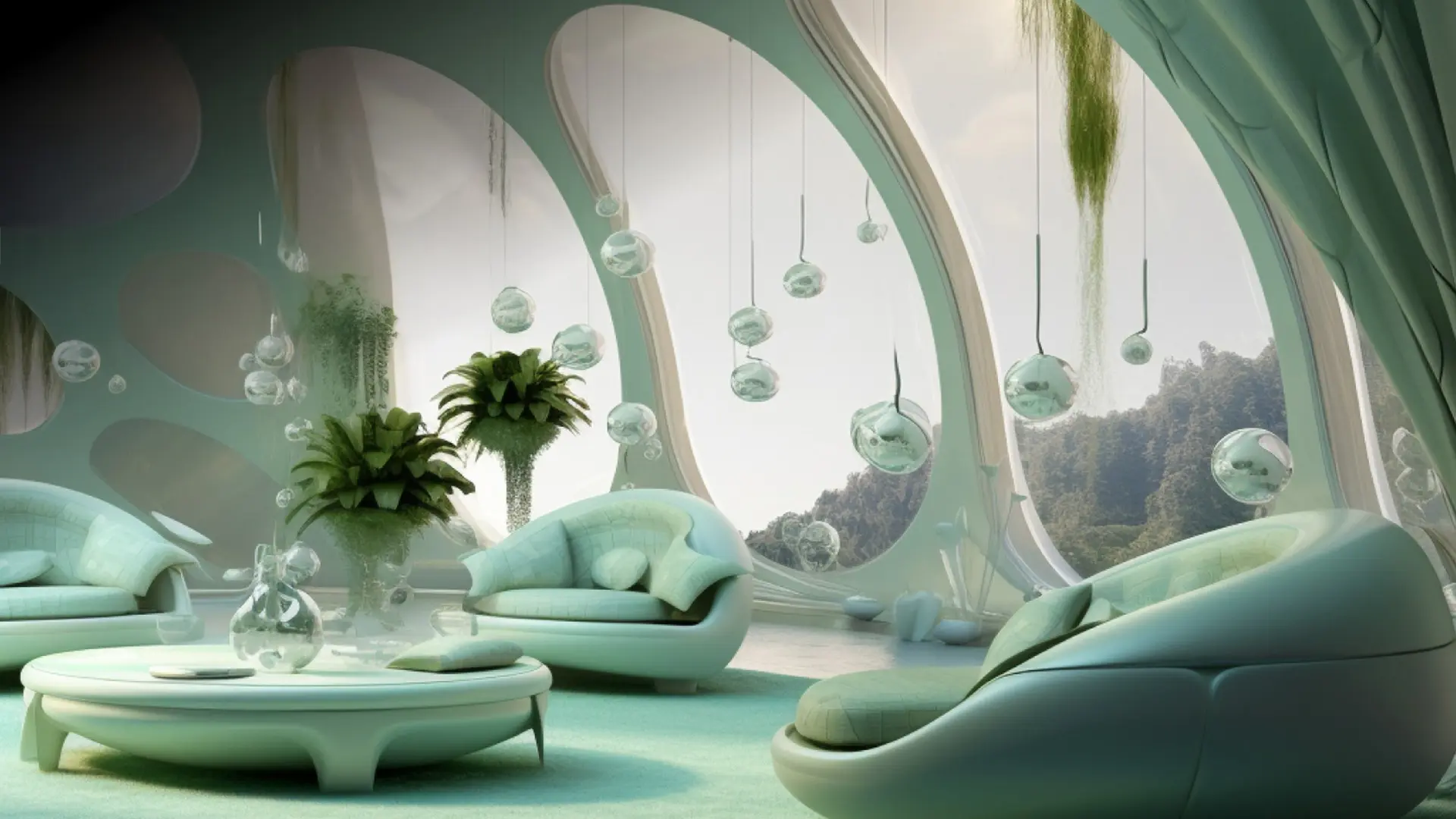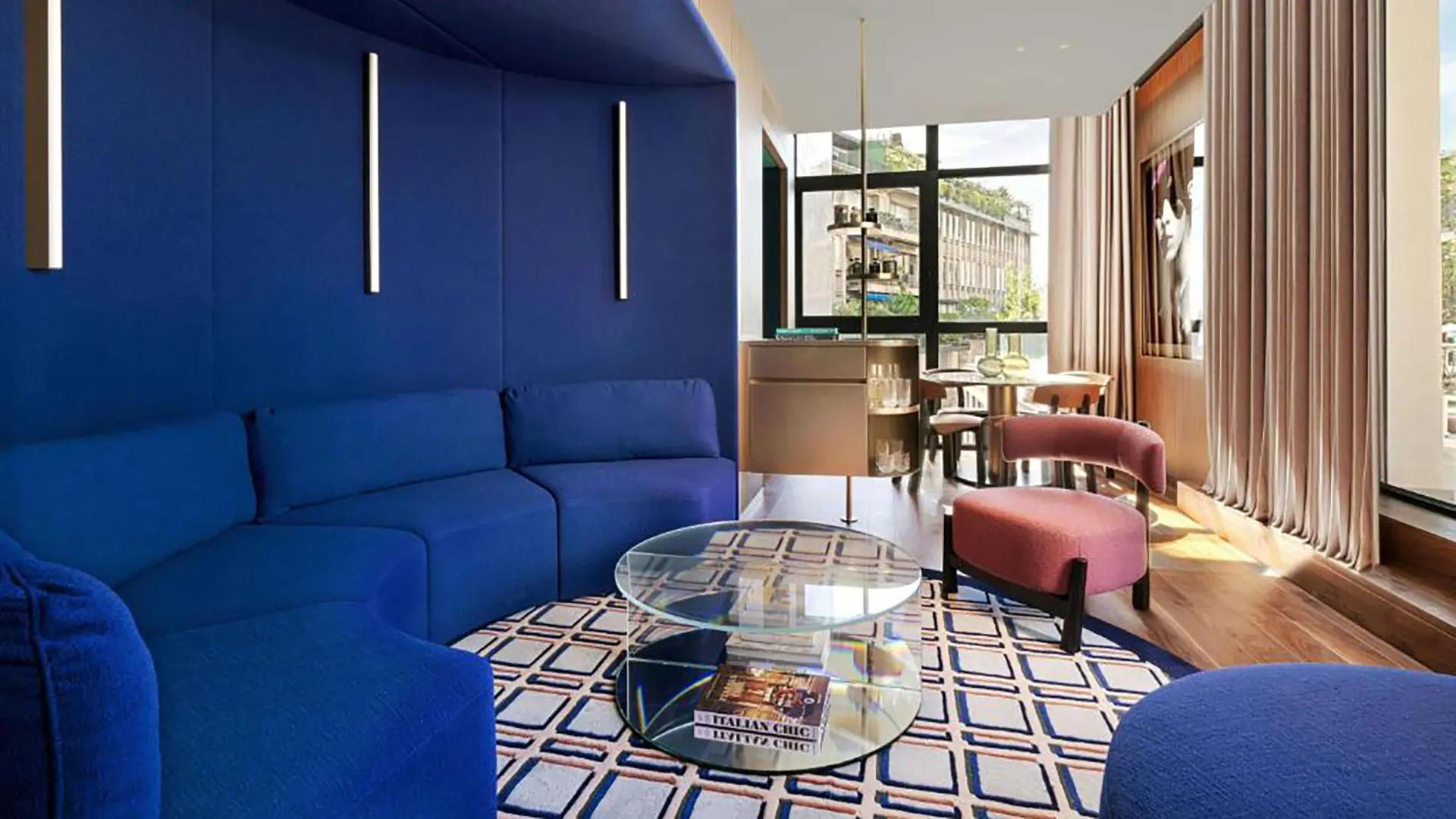A space devoted to an immersive experience where sport, culture, nature and design come together to express the essence of Italianness. During the XXV Olympic Winter Games, from 6 to 22 February 2026
Republishing FMR, Franco Maria Ricci’s last dream

Laura Casalis at the exhibition Franco Maria Ricci: The Signs of Man. Credits: Edoardo Fornaciari
The “black pearl” is reborn. An icon of style and sophistication. Behind it is Laura Casalis, accomplice and life partner of the fascinating publisher. We chat about her memories and her future plans.
She first met him in the early 1970s, casually, and then again on trips to Paris, where she went for work and he, Franco Maria Ricci, to check on his new gallery. She then stayed with him for the rest of his life, until his death in 2020, sharing his prolific publishing career and extreme passion for beautiful things, inseparable and working together to produce what was described as the “most beautiful magazine in the world” – FMR. First published in 1982 and then for another 20 years and more, in four different editions and languages, it was printed in Italy, as Ricci explained, in order to transmit first-hand all the nuances of thought and sensitivity, and to keep a tight control on the production processes. The magazine had 100,000 subscribers in America and Europe. For the launch of the very first edition 8 million copies were sent to America on an Alitalia jumbo jet, so they could be presented to the cultural and financial elite and attached to the Sunday supplements of the leading newspapers, such as the New York Times, the Washington Post, etc. It was a unique and slightly reckless enterprise, but it was a sign of his boundless passion for beauty, quality and, why not, sheer marketing genius. While still working as a geologist, scouting for oil in Turkey, he realised that what he was truly passionate about was something else entirely, the magical Tomb of Antioch, for instance, which taught him what then became his mantra: beautiful things should be sought out and appreciated. “My work has always been a quest for beauty, it’s the way I look at things and interpret them. It’s my life,” he said. Reviving the magazine, after selling the publishing brand in 2002 to follow a different dream – building the largest labyrinth in the world – was a project that Franco Maria Ricci, and his wife Laura, his companion in life and work, embraced obsessively. The FMR brand came home in 2020, alas just a few months after the death of its creator. Thus, alongside the Labirinto della Masone and its art collection at Fontanellato near Parma, thanks to Laura Casilis every new season will herald a new edition of the iconic magazine, a jewel in the crown of art publishing, unique for the ebony colour of its pages, loved by Federico Fellini, who referred to it as “the black pearl.” New books will also continue to be published, perpetuating the traditional quality and elegance of Made in Italy publishing.
In tandem with the launch of the magazine, the exhibition Franco Maria Ricci: the Signs of Man is being held at Parma’s Palazzo Pigorini until 30th January 2022.

Preview and Issue Zero of the new season of FMR
Accident as well as design. I was quite sure, even before being aware of the impact the pandemic was to have on us all and on our habits, that the time was almost right, bombarded as we are by images that emanate from every which where, especially from the internet and from the multiple screens we look at every day, a magazine like FMR would be seen as an oasis of peace, of order, of beauty, of little-known subjects – when they’re not actual discoveries – presented with care, with elegance (we need it so badly …) and with cultural rigour.
It’s a good mix, but let’s not forget that I was part of the inception and the entire life of the first phase of FMR, so for me it’s going back to a very familiar activity. The fact that Franco was so set on it and believed that the right time had come makes me hopeful about the timing. He was never wrong!
Well, he certainly had a touch of narcissism about him. The magazine was a project that materialised swiftly, as soon as he realised how many curious and interesting subjects he saw or touched that would have been hard to make an entire book of, he had the idea for an art magazine, he was enthusiastic and it suddenly became an overwhelming project for him, for me and for the entire publishing house. Unexpectedly, it turned out to be almost without hindrance, a sort of river in full flood, I can tell you, there was a lot of adrenalin flowing. The choice of name came naturally … for reasons I’ve made clear, and then it had such a good ring to it, especially in French!
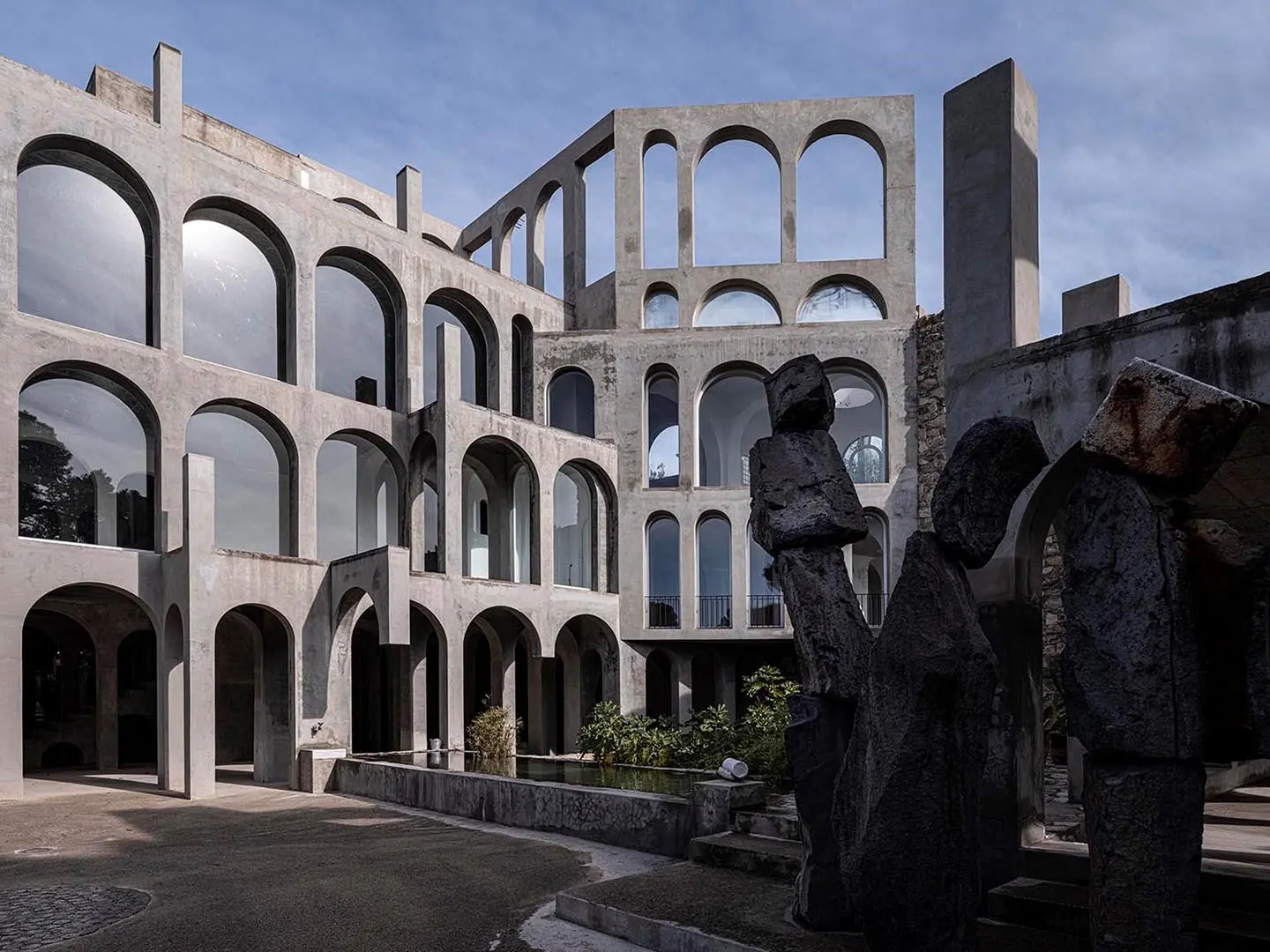
Issue Zero: Building by Xavier Corbero in Barcelona. Ph Massimo Listri
He wasn’t afraid of contrasts, in fact he always cultivated them. His was an original project, quite unlike any other art magazine. Beauty and the way it was presented were the overarching theme; the magazine had to be, and was, totally timeless, but also topical, if only to comment on exhibitions he enjoyed or a good restoration. Yes, I believe that one of FMR’s tasks was to furnish us with tools to appreciate art and beauty, especially when less obvious and immediately recognisable; providing a feast for the eyes and the spirit continues to be our objective.
Ricci himself stood out for a number of very characteristic traits: During the Seventies he went around clad in black with a red plastic flower in his buttonhole – an object he was never again without – and editorially-speaking too, he remained faithful to his “look” throughout his life, his early books were unashamedly luxurious, in silk and gold and precious paper, which he started publishing when tatty paperbacks and Arte Povera were all the rage. Plus, without a second thought, always and only the characters designed by Bodoni and the visual rigour demanded by a Neo-Classical concept of elegance. Ricci was manic about form, but also about his authors, Calvino, Eco, Barthes, Borges, Cortázar and Arbasino… who wrote at his request and on issues that he himself chose - the contents of the Franco Maria Ricci editions, and not just the graphic element, are extraordinary. The second season of FMR magazine will be no different. It will be instantly recognisable, not just by the logo and the cover, which are unchanged, but by its rigorous pursuit of Ricci’s mission – covering art in detail, providing different points of view, educating our eyes to really see and enjoy what they are looking at. There is some, very slight, restyling. Basically it is still the most beautiful magazine in the world, of that I am convinced!
Accomplices, throughout our lives, and sometimes divided at times; healthy discussions arose fairly frequently, but in any case, he was always right!
Acquiring tens of millions of subscribers to the magazine. Lots more besides, not retirement, for sure!


 Stories
Stories
